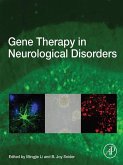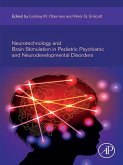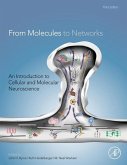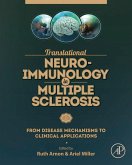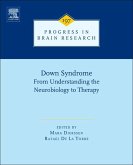Phenotyping of Human iPSC-derived Neurons: Patient-Driven Research examines the steps in a preclinical pipeline that utilizes iPSC-derived neuronal technology to better understand neurological disorders and identify novel therapeutics, also providing considerations and best practices. By presenting example projects that identify phenotypes and mechanisms relevant to autism spectrum disorder and epilepsy, this book allows readers to understand what considerations are important to assess at the start of project design. Sections address reproducibility issues and advances in technology at each stage of the pipeline and provide suggestions for improvement. From patient sample collection and proper controls to neuronal differentiation, phenotyping, screening, and considerations for moving to the clinic, these detailed descriptions of each stage of the pipeline will help everyone, regardless of stage in the pipeline. In recent years, drug discovery in the neurosciences has struggled to identify novel therapeutics for patients with varying indications, including epilepsy, chronic pain, and psychosis. Current treatment options for such patients are decades old and offer little relief with many side effects. One explanation for this lull in novel therapeutics is a lack of novel target identification for neurological disorders (and target identification requires exemplar preclinical data). To improve on the preclinical work that often relies on rodent modeling, the field has begun utilizing patient-derived induced pluripotent stem cells (iPSCs) to differentiate neurons in vitro for preclinical characterization of neurological disease and target identification. - Discusses techniques and new technology for iPSC culturing and neuronal differentiation to establish best practices in the lab - Outlines considerations for phenotypic assay development - Provides information about the successes, failures, and implications of phenotyping and screening with iPSC-derived neurons - Describes how human iPSC-derived neurons are being used for preclinical discovery research as well as the development of therapeutics utilizing hiPSC-derived neurons
Dieser Download kann aus rechtlichen Gründen nur mit Rechnungsadresse in A, B, BG, CY, CZ, D, DK, EW, E, FIN, F, GR, HR, H, IRL, I, LT, L, LR, M, NL, PL, P, R, S, SLO, SK ausgeliefert werden.



